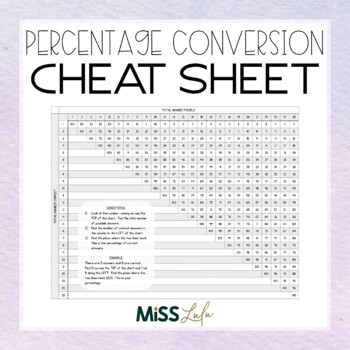
Alternatively, you can use custom formatting as explained on the Adding custom formatting to numeric fields documentation page (if you want something other than the available default formats).Ĭalculating percent change and percent of previous across rows using pivot_offset() You can customize the format of table calculation values by selecting a format from the Format drop-down menu in the Create table calculation or Edit table calculation pop-up, or in the In-page Table Calculation editor when the In-page Table Calculations Labs feature is enabled.


The percent of previous and percent change table calculations yield the following results: To calculate the percent of previous of unt, you can make a table calculation such as the following: The following examples use the data from the following table, which includes Orders Count grouped by Orders Created Date:Ĭalculating percent of previous down columns using offset() This is perfect for calculating percent of previous and percent change down columns. The offset() table calculation function lets you reference values from other rows in the same column.
#QUICK SHEET FOR FIGURING PERCENTAGES HOW TO#
This page shows you how to calculate these metrics - both down columns and across pivoted rows.Ĭalculating percent of previous and percent change down columns using offset() This is convenient for calculating metrics like percent of previous and percent change. Table calculations let you create ad hoc metrics and perform calculations on the data that is returned by an Explore query. Save money with our transparent approach to pricingĪs an alternative to the methods that this page describes, you can use shortcut calculations to perform common calculations on numeric fields that are in an Explore's data table without using Looker functions and operators when you have the permissions to create table calculations. Rapid Assessment & Migration Program (RAMP) Migrate from PaaS: Cloud Foundry, OpenshiftĬOVID-19 Solutions for the Healthcare Industry Creating reference lines for visualizations with visualization menu settings.The problem formats match the input fields in the calculator above. See if you can match your problem to one of the samples below. There are nine variations on the three basic problems involving percentages. Multiply by 100 and add a percentage sign.Remember: How to convert a decimal to a percentage Remove the percentage sign and divide by 100.Remember: How to convert a percentage to a decimal Double check your answer with the original question: 25 is 20% of what number? 25/0.20 =.Substitute 0.20 for 20% in the equation: 25/0.20 = X.Convert the percentage to a decimal by dividing by 100.Y is 25, P% is 20, so the equation is 25/20% = X.Convert the problem to an equation using the percentage formula: Y/P% = X.Double check your answer with the original question: What percent of 60 is 12? 12/60 = 0.20, and multiplying by 100 to get percentage, 0.20 * 100 =ģ.You need to multiply the result by 100 to get the percentage. Important! The result will always be in decimal form, not percentage form.X is 60, Y is 12, so the equation is 12/60 = P%.Convert the problem to an equation using the percentage formula: Y/X = P%.Double check your answer with the original question: What is 10% of 150? Multiply 0.10 * 150 =Ģ.



 0 kommentar(er)
0 kommentar(er)
